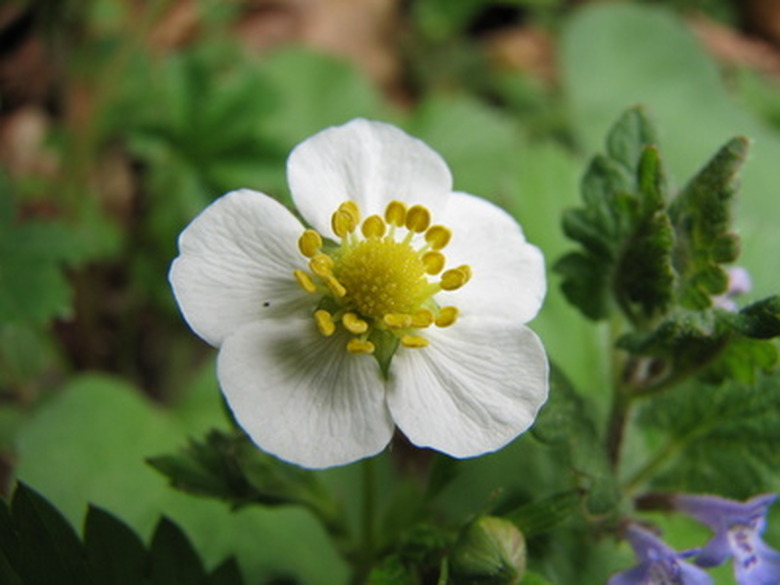Why Spray Fruit Trees With Water Before A Freeze
Frost at the wrong time in the spring can devastate certain crops. Tree fruits, citrus and strawberries are particularly vulnerable. Tree fruits and strawberries blossom very early in the spring. An unusually warm spell in late winter, followed by crashing temperatures and frost, can wipe out an entire crop in an area. Commercial growers will go to extreme measures to save their crop. One method used by many growers is the application of water.
How It Works
According to the Alabama Cooperative Extension System, when 1 g of water freezes, it releases 80 calories of heat. A plant leaf surrounded by water that is freezing will remain at 32 degrees F for as long as the process of freezing is active.
When It Stops Working
The continuous application of water is crucial. It is the process of freezing that protects the blossoms (or fruit). When freezing stops and evaporation starts, the temperature goes down. The process works well when temperatures are hovering around freezing, but in the mid-20s, ice forming on the branches of the trees builds up quickly and limb breakage becomes an issue. Wind also decreases the effectiveness of the process, since it speeds evaporation.
Why It Is Used
Irrigation is one form of active frost protection among many. The others include heaters, wind generation and soil saturation. Wetting the soil in an orchard or field is the least expensive method, but the least effective as well. Heating and wind generation are very effective, but very costly. If the forecast temperature is around 30 to 33 degrees F and winds are forecast to be below 5 miles per hour, spraying the blossoms or fruit will offer good protection at the lowest cost.
Problems
The process puts a lot of water in the orchard or field at a time when it might not be welcome. Strawberries, for example, are easily damaged by excess water. If temperatures drop too far or the wind picks up unexpectedly, the method can cause more damage than doing nothing at all. If the water freezes before it lands on the blossoms or fruit, it will certainly do more damage than good. This is indicated by a milky appearance of the ice, rather than a crystal clear look.
Homeowner Use
Homeowners looking to save their personal crop may be well advised to look for other methods, such as fully draping the trees or plants in protective blankets. Spraying for frost protection isn't as simple as firing up a lawn sprinkler and letting it run all night. Application rates and the evaluation of conditions as they are developing through the night are critical to the survival of the trees and plants. It would be a shame to kill your fruit trees forever by trying to save one year's harvest.
